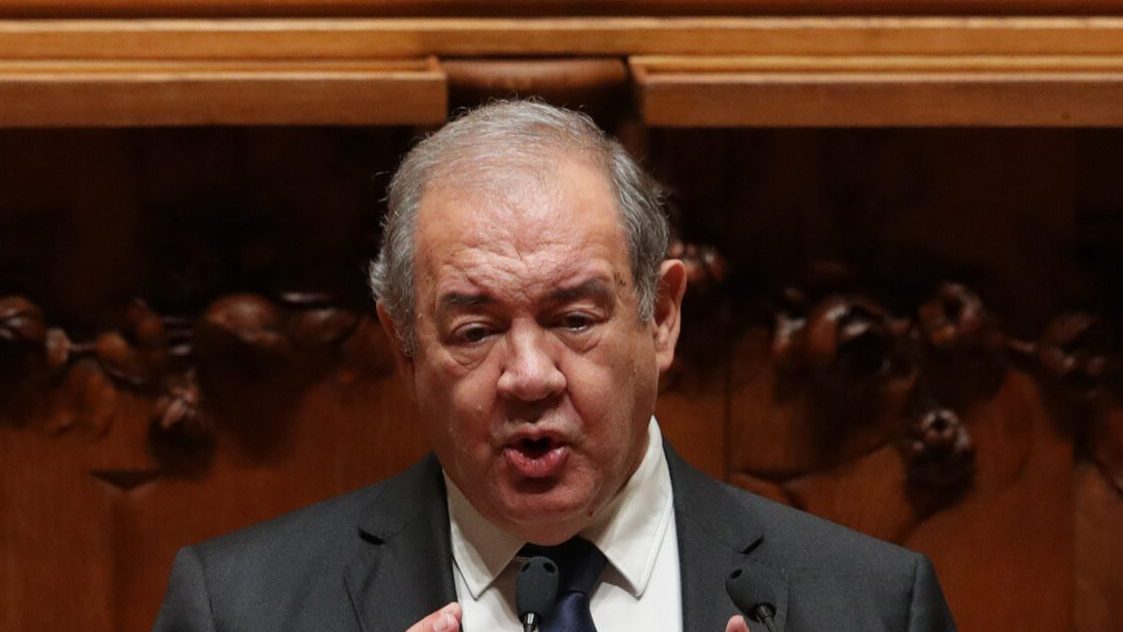Economy shows Q1 GDP surplus of 0.4% after Q4 2022 0.6% deficit
In the first quarter, the improvement in the general government balance resulted from an increase in expenditure (0.9%) lower than the growth in revenue (1.9%).
The Portuguese economy, including public administrations, households, businesses and banks, recorded a surplus of 0.4% of gross domestic product (GDP) in the first quarter, after a deficit of 0.6% in the last quarter of 2022, the National Statistics Institute (INE) said on Friday.
“The Portuguese economy recorded a financing capacity of 0.4% Gross Domestic Product (GDP) in the 1st quarter of 2023, which compares with a financing need of 0.6% in the previous quarter,” INE said in the “Quarterly National Accounts By Institutional Sector”.
According to the statistical institute, “the increase in the economy’s external balance reflected the reduction in the deficit of non-financial corporations (NFCs) and the surplus of public administrations (GGPs), which had registered a negative balance in the previous quarter.
Nominal GDP increased 2.6% compared to the previous quarter and 10.8% compared to the same quarter of the previous year, “mainly reflecting the growth of the respective implicit deflator”.
Gross National Income (GNI) and Gross Disposable Income (GADI) rose 2.7% and 2.6%, respectively, over the previous quarter (10.7% and 10.3% year-on-year).
INE detailed that the increase in the GADI of the economy in the first quarter was higher than the 2.2% growth in final consumption expenditure (which includes household and general government final consumption expenditure), “which determined the increase of 4.5% in gross savings of the economy”.
Thus, in the first quarter, gross savings accounted for 19.5% of GDP (0.3 percentage points more than in the previous quarter and 0.4 percentage points more than in the same quarter of the previous year).
In the first quarter, the improvement in the general government balance resulted from an increase in expenditure (0.9%) lower than the growth in revenue (1.9%).
The net borrowing of NFCs reached 2.0% of GDP, 0.7 percentage points less than in the previous quarter, while the net lending of financial corporations remained at 1.9% of GDP.
As for households’ financing capacity, “it has progressively reduced since the 2nd quarter of 2021, standing at 0.4% of GDP in the 1st quarter of 2023, reflecting the reduction in household savings, which resulted from the 2.6% increase in private consumption, higher than the 1.9% growth in disposable income,” INE says.


